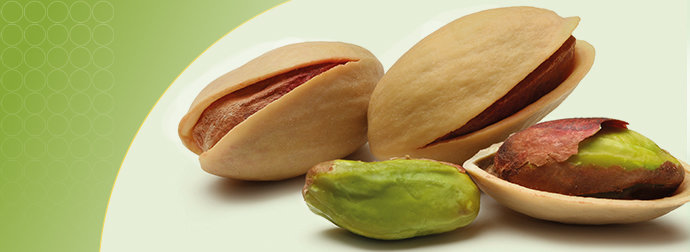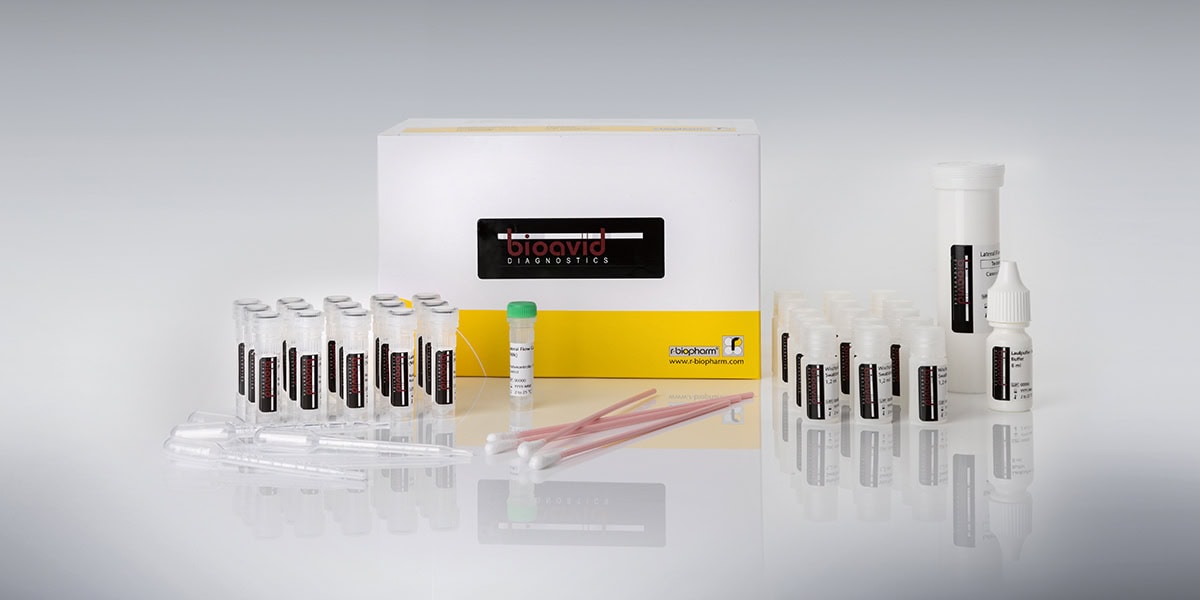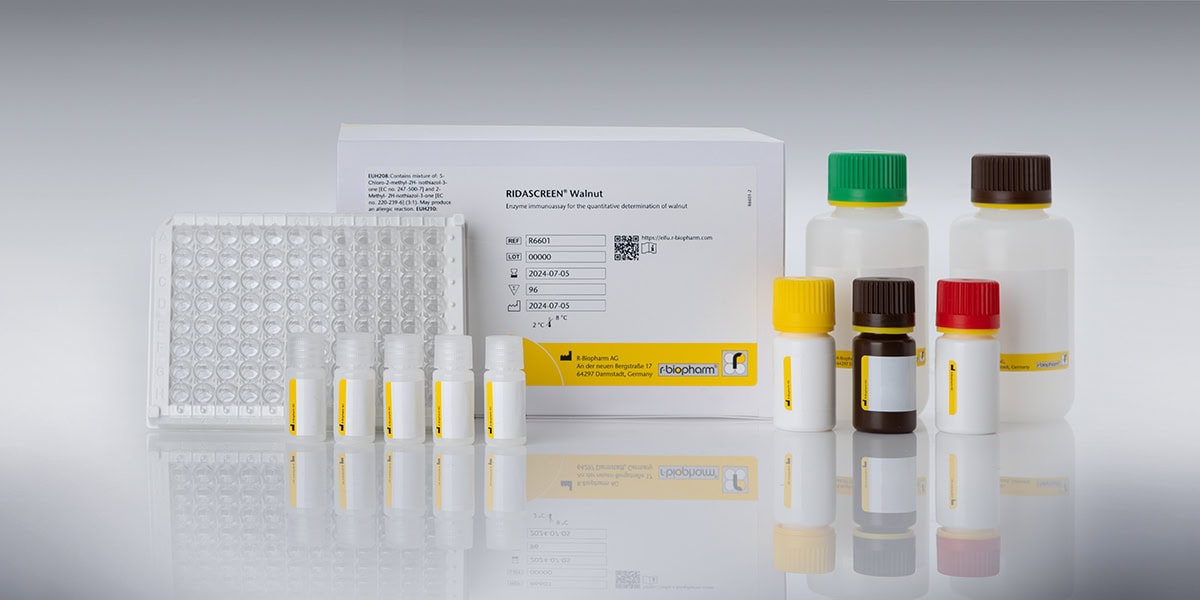
Recent news in Food & Feed Analysis
- Home
- /
- Nut allergy: Everything you...
Nut allergy: Everything you need to know on World Pistachio Day

Many people get confused about nut allergies: Which nuts are safe to eat, and which aren’t? Are pistachios considered nuts at all? And which cross-allergies may occur? For World Pistachio Day, we have examined the allergenic potential of the spicy green nut.
On 26th February, we celebrate World Pistachio Day. We love pistachios (also known as the “green almond” or the “smiling nut”) as a snack, in ice cream, in confectionery and chocolate. Moreover, pistachios are said to be healthy: They contain high levels of proteins, fibers, minerals, vitamins and antioxidants. However, some people demonstrate allergic reactions to pistachios. The nut allergy is one of the most common food allergies. About 1 % of the population is affected. Yet, nut allergy always raises a lot of questions. We have put together the most important questions and answers.[vc_accordions style=”simple-style”][vc_accordion_tab title=”Pistachio, almond & Co.: What is considered a nut?”]Not everything we call a nut actually is a nut. Indeed, from a botanical point of view, there are relatively few „true“ nuts, including hazelnuts, walnuts and chestnuts. Peanuts are botanically pulses. Almonds, pecans, pistachios, cashews and coconuts belong to the family of stone fruits. The macadamia nut is a so-called follicle; the shea nut is a berry. Brazil nuts, nutmeg and pine nuts are botanically seen as seeds. There is no easy answer to the question which nut (or “non-nut”) is problematic for allergic people and which one is not. Nut allergy sufferers should get tested in order to find out which types of nuts they can consume safely.[/vc_accordion_tab][vc_accordion_tab title=”Which cross-allergies may occur?”]Cross-reactions are widespread among nut allergy sufferers. For example, a hazelnut allergy is often accompanied by a pollen allergy. Other nut allergic persons have allergic reactions to stone fruits, kiwi, strawberry, sesame, poppy seed or rye. People who are allergic to pistachios often show cross-reactions with sunflower seeds.[/vc_accordion_tab][vc_accordion_tab title=”Which foods should be avoided if you have a nut allergy?”]Nut mixtures, trail mixes and other nut snacks of course are strictly taboo for nut allergy sufferers. However, nuts may be present in many foods as a „hidden allergen“, due to contamination during production or storage. It is important to be careful with sweets such as chocolate or ice cream. In addition, nuts might be present in bakery products, sausages, cereals, cheese, meat dishes, sauces, instant drinks and ready-made meals. Anyone who has allergic reactions to nuts at skin contact should be careful with shampoos and lotions, because they might contain almond milk or the like.[/vc_accordion_tab][vc_accordion_tab title=”What alternatives are there for nut allergy sufferers?”]A healthy and versatile alternative to nuts is pumpkin seed. Moreover, soya flakes, chickpeas, tiger nuts, sesame, poppy seed, sunflower seed, linseed, flea seed or chia seeds are a good substitute for nuts. In many recipes, nuts can be substituted by dried fruits. In addition, many nut allergy sufferers tolerate coconut very well.[/vc_accordion_tab][vc_accordion_tab title=”Do nuts have to be labelled as an allergen?”]As one of the „Big 8“ food allergens, nuts must be labelled on the list of ingredients in almost all countries. According to EU regulation 2007/68/EG, peanuts, hazelnuts, walnuts, Brazil nuts, cashews, macadamia nuts, pecans, pistachios and almonds are subject to labelling.[/vc_accordion_tab][vc_accordion_tab title=”What should I watch out for if I want to provide nut-free food?”]Although almonds, cashews or pistachios are not nuts in the botanical sense, they still contain allergens which can be dangerous for allergic people. For this reason, food producers should test their products for a number of nuts. From the allergy point of view, peanuts, hazelnuts, walnuts, Brazil nuts, cashews, macadamia nuts, pecans, pistachios and almonds are relevant.[/vc_accordion_tab][vc_accordion_tab title=”How do I test foods for traces of nuts?”]Nuts can be detected by various methods. The ELISA test is a quantitative, immunological test procedure. PCR tests detect allergens qualitatively by analyzing DNA sequences. A lateral flow test can be used for checking surfaces and utensils for contaminations.[/vc_accordion_tab][/vc_accordions]



